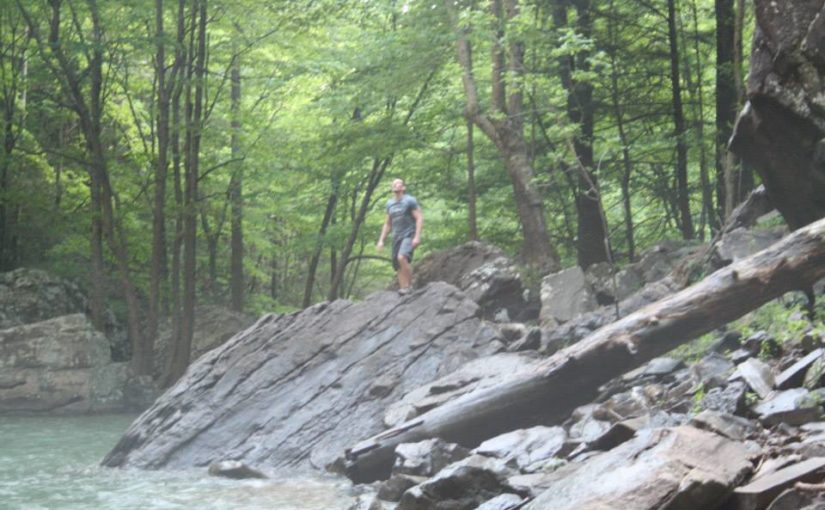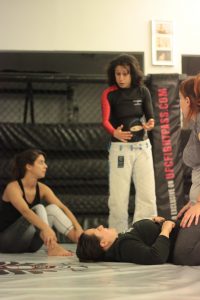‘Human Universe’ by Professor Brian Cox reviewed by Garry Smith.
If like me you are not a watcher of TV, except for the rugby, then you may want to get hold of a copy of this pronto and read it, not that it is about to disappear into some black hole but because it is such a great read. As a self defence instructor and martial arts instructor I read extensively on my subject that is I read about life in all its guises.
For those whose choice it is to live in the closed insular world of the community of their choosing, (insert areas of choice here_______________), where they will not be challenged by ideas other than those they share the same values and beliefs, then stop reading now, yours is a closed world, an echo chamber of your own making. Those who linger here are usually of a fixed mindset where the status quo is the anchor they attach. Questions and knowledge outside the group threaten the solidity of the group and as such are shunned, here lies tribalism.
For those open to challenge, new ideas, new questions and potentially unsettling new knowledge, step right in, yours is an open world where new knowledge opens up new possibilities. This is the mindset that welcomes growth, however difficult and challenging the path may be. Those who inhabit this mindset may well belong to tribes but are not tribal in their thinking; they are open minded and prepared to listen to and discuss values and beliefs different to their own.
As a member of the latter group I was not sure what exactly to expect from Human Universe and as I said I missed this completely on TV, so it was something of an onslaught upon my poor brain as I grappled right from the start with some pretty mindboggling facts and figures let alone scientific concepts I had barely heard of before. However, perseverance proved worth it as this turned out to be one of the most interesting books I have read in recent years and I have read some damn good stuff. Prof. Cox takes the universe and strips it bare for us and introduces us to some of the conceptual tools developed by generation after generation of philosophers, astronomers, cosmologists and scientists to explain the amazing thing that is the universe, but it does not stop there.
By the end of the book we have stripped time back to the Big Bang and fast forwarded to an ever expanding multiverse, (read it and see). It is a journey of epic proportions and I for one can see why Prof. Cox has become something of an icon in popular culture, he really is bringing science to the masses. Great, but why is this relevant to a practitioner of self defence or martial arts? Well for me the answer is simple.
The universe is an incredibly complex thing, in order to understand what is happening to it in the present we have had to develop extraordinarily sophisticated tools with which to analyse it. Incredible minds have laboured for lifetimes to unravel its mysteries, complex mathematical formula have had to be discovered and tested to destruction in order to maintain scientific rigour and accuracy and a millions of hypothesis have been disproved along the way and more than a few proved too. Reading this book I kept thinking back to how we at the Conflict Research Group International reject the term expert when discussing or writing about violence. It is because our universe in miniature, the world of violence reflects the complexity of the multiverse.
One of the fascinating sections of the book concerns the Search for Extra Terrestrial Intelligence (SETI); again go read the book, as part of this Prof. Cox introduces the Drake Equation which was the outcome of conference at the National Radio Astronomy Observatory in Green Bank, West Virginia.
The Drake Equation was developed by Frank Drake in 1961 as a way to focus on the factors which determine how many intelligent, communicating civilizations there are in may be in our galaxy. The Drake Equation is:
N = R* fp ne fl fi fc L
The equation can really be looked at as a number of questions:
N* represents the number of stars in the Milky Way Galaxy
Question: How many stars are in the Milky Way Galaxy?
Answer: Current estimates are 100 billion.
fp is the fraction of stars that have planets around them
Question: What percentage of stars have planetary systems?
Answer: Current estimates range from 20% to 50%.
ne is the number of planets per star that are capable of sustaining life
Question: For each star that does have a planetary system, how many planets are capable of sustaining life?
Answer: Current estimates range from 1 to 5.
fl is the fraction of planets in ne where life evolves
Question: On what percentage of the planets that are capable of sustaining life does life actually evolve?
Answer: Current estimates range from 100% (where life can evolve it will) down to close to 0%.
fi is the fraction of fl where intelligent life evolves
Question: On the planets where life does evolve, what percentage evolves intelligent life?
Answer: Estimates range from 100% (intelligence is such a survival advantage that it will certainly evolve) down to near 0%.
fc is the fraction of fi that communicate
Question: What percentage of intelligent races have the means and the desire to communicate?
Answer: 10% to 20%
fL is fraction of the planet’s life during which the communicating civilizations live
Question: For each civilization that does communicate, for what fraction of the planet’s life does the civilization survive?
Answer: This is the toughest of the questions. If we take Earth as an example, the expected lifetime of our Sun and the Earth is roughly 10 billion years. So far we’ve been communicating with radio waves for less than 100 years. How long will our civilization survive? Will we destroy ourselves in a few years like some predict or will we overcome our problems and survive for millennia? If we were destroyed tomorrow the answer to this question would be 1/100,000,000th. If we survive for 10,000 years the answer will be 1/1,000,000th.
When all of these variables are multiplied together when come up with:
N, the number of communicating civilizations in the galaxy.
The real value of the Drake Equation is not in the potential answer itself, but the questions that are prompted when attempting to come up with an answer are useful to us. Obviously there is a tremendous amount of guess work involved when filling in the variables, there can never be any way of knowing if they are anywhere near correct. The Drake Equation was never going to provide a neat answer, and despite the massive technological and scientific gains since then we are still no nearer, because the more we learn we realise the less we know. With probes and advanced telescopes discovering new planets and their orbits on a regular basis with incredible accuracy we still remain at the level of guessing the numbers.
As we learn more from astronomy, biology, and other sciences, we’ll be able to better estimate the answers to the above questions but they will remain guesses for years to come, Prof. Cox makes that clear repeatedly in the book, but the equation was a starting point for calculation and exploration alike, from my perspective it was the forming of the questions that was the breakthrough. Prof. Cox writes with great humour about our fascination with alien invaders, complete with anal probes, stalking the earth and comes to the conclusion that, despite what the speculation may be, we are currently alone in our universe and the known, observable universe, probably. So for now we can dispense with the tin foil hats and chastity trousers.
It struck me as I read this that the unpredictability of any form of life existing out there in space, let alone intelligent life, was dependent on an incredible number of factors and chance. What I found of interest was the construction of the equation and a group of wise men sitting down and based on their collective experience and knowledge, agreeing the relative questions.
As I read all this it provoked thoughts, good reading should. Thoughts about whether there was some way we could arrive at a similar set of questions that would help us to predict the likely-hood of our being involved in a violent encounter. I do not for one minute think it would be mathematically accurate as there would be many questions and many guesses involved, too many variables, but would the process help us think about the questions?
This is where I am out of my depth, I can see it but the picture is blurred if you get me. I know what I mean but not, at the moment how to progress this. I can see a usefulness to develop this as a theoretical too but not as a divine indicator.
I suppose dear reader this is where you come in, can we build a CRGI equation along the lines of the Drake equation, one that allows us to move beyond the various models currently out there, the OODA Loop, Colour Codes etc and no disrespect to them but maybe we need to push the frontiers a little, or maybe a lot, just a thought.
Maybe the value, as with the Drake equation is forming the right questions, maybe no, that in itself is a formidable task. Drake’s formula did not emerge from a void it was the cumulative effort of many minds over millennia. One of the beauties of Human Universe is that is it is a perfect example of that oft used metaphor, standing on the shoulders of giants. Its most familiar expression in English is by Isaac Newton in 1676: “If I have seen further, it is by standing on the shoulders of giants.”
In my continued observations of the discussions in and around the martial arts/self defence world I see many people who are trapped in the confines of our equivalent of a solar system, not to mention the flat earthers, there are many who are looking to the stars in wonder, many are seeking answers but have not yet framed the appropriate questions because the subject studied is too vast. It is the task of those with enquiring minds to begin to frame the appropriate questions and then the search for credible, reliable data can be continued. It has begun, we have our giants, they are amongst us, we need to heed them and climb onto their shoulders in order to see further still.
Read Human Universe, it is incredibly interesting, read widely, live in an open world, have an ever expanding mind.
For now I leave you with a rejoinder if asked who you are, your answer is “up quarks, down quarks and electrons”.







